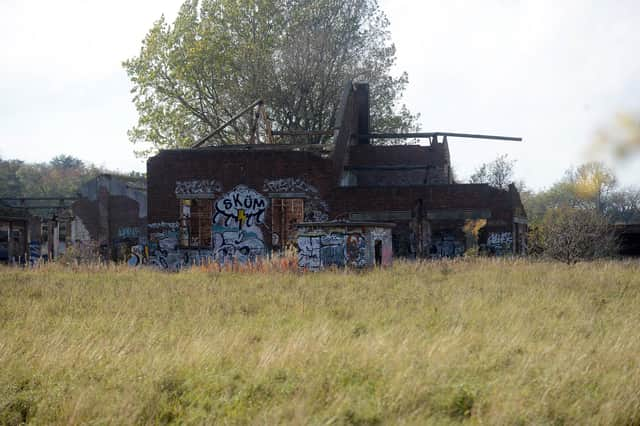Demoltion of graffiti-hit buildings at former Boldon Camp Second World War site take step forward


The disused military camp is located on the outskirts of East Boldon, near the Sunderland Greyhound Stadium.
It includes five concrete reinforced bunkers that were used for ammunition and a building designed for the making of ammunition, as well as a cottage, offices and an old fire house.
Advertisement
Hide AdAdvertisement
Hide AdEarlier this year, plans were submitted to South Tyneside Council’s planning department to demolish several smaller structures across the site which are regularly vandalised and in a dangerous condition.
This excludes the bunkers to the south and a large central former factory building, which will remain in place.
Council planners granted prior approval for the demolition works on Thursday, November 5.
According to planning documents, the selected buildings will be taken down to ground level with rubble stored within the footprint of the former factory unit.
Advertisement
Hide AdAdvertisement
Hide AdSome materials from the demolition may be used to block the entrances to the bunkers to the south to “prevent unauthorised access.”
Meanwhile, the semi circular hangar will be “removed from the site for use elsewhere.”
During consultation on the plan, the East Boldon Neighbourhood Forum gave their support and said the demolition would help address historic anti-social behaviour issues.
Comments were also received from Cleadon and East Boldon ward councillor, Joan Atkinson, who hoped the landowner could retain the buildings which are viewed as having historical interest.
Advertisement
Hide AdAdvertisement
Hide AdThis included the buildings which could be saved or “structurally made sound.”
Some of the buildings set for demolition are on the council’s list of ‘locally significant heritage assets.’
According to a council report, Historic England had recently assessed the buildings with regard to them being nationally listed.
However, on November 2 this year the heritage organisation advised that the Secretary of State for Digital, Culture, Media and Sport had decided not to add the buildings to the ‘list of buildings of special architectural or historic interest.”
Advertisement
Hide AdAdvertisement
Hide AdThis was because many of the buildings had been altered from their original form, with other national sites demonstrating “much better levels of intactness.”